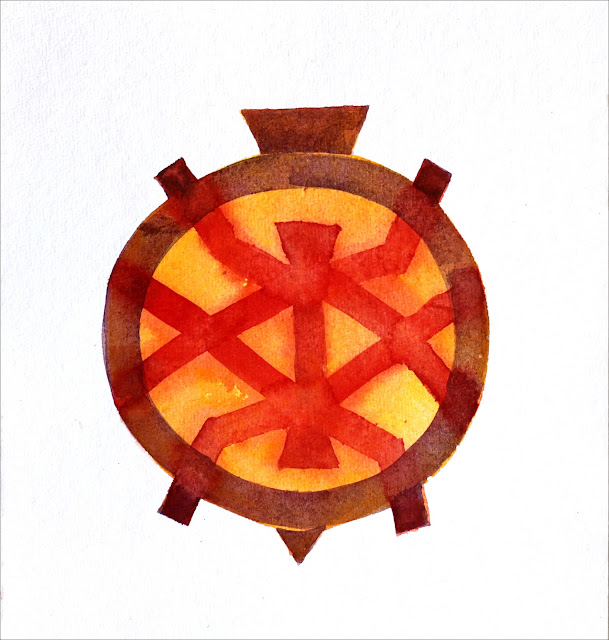By Dr. Shiv
Kumar Ojha original version in Hindi.
Translation by:
Pankaja JK.
The book is my
first complete book translation assignment and whole process was a
knowledgeable journey. The book has many features other than being a language
book. It highlights Indian culture and how everything in the Universe is
meticulously studied by our ancient gurus and assembled in various books. Be it
cosmological, astronomical, linguistics, medicinal or spiritual knowledge, we
have information on every aspect studied careful and preserved through
generation, till date.
Speaking about
language is not only interesting but studying it in depth, applying it in regular
use and admiring its beauty is a fabulous experience.
Sanskrit is the
base of all Indian languages, also known as Devanagari languages. This book
highlights on the scientific nature of Sanskrit-Hindi language. Unlike English
where consonants and vowels are place together and in haphazard manner. Indian
languages have a proper sequence, arrangement of consonants and vowels as
separate entities and therefore understand these languages and remembering them
are easier than any other widely used foreign language. There is proper way of
pronunciation and writing. All these aspects are introduced and explained in
this book.
Interestingly, the
author Dr. Ojha himself communicated in English throughout his professional
period, as he is the Ex- IIT professor IN Department of Aerospace Engineering,
Mumbai. He has also travelled worldwide. But still he is rooted in our culture
and embraces Indian culture and language. Therefore we see that every at the
age of more 83 years, he studies Indian culture and language. He is also the
author of 11 more books based on Indian culture. I am proud he trusted me to
translate this very important book for him. Even though there were times when
we disagreed on some points of words to be used or expressions, and discussed
it for days together, ultimately agreement was possible and this book was
published with his sole permission and approval.
Those people who
are interested in Indian culture, Indian language calligraphy and Fine Arts
should once go through this book to have an idea of vastness and beauty of
Indian language. The book is available on demand and it is worth to keep it in
valuable treasure of your books at home or in office. It will not only benefit
you as an individual but also help impart rich Indian culture knowledge to your
friends and family. In this modern and advanced world where Western culture is
highly over-shadowing India’s rich culture and heritage, this is one
opportunity for us to preserve it as our personal social responsibility.
by Pankaja JK.



















